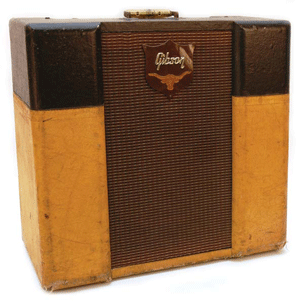Search
Latest Stories
Start your day right!
Get latest updates and insights delivered to your inbox.
country-music-charts-webb-pierce-eddy-arnold-hank-snow-johnny-cash-perkins-westerm-fender-twin-bassman-pro-amps-shipping-records-ship-chicago-musical
Don’t Miss Out
Get the latest updates and insights delivered to your inbox.
Recent
load more
